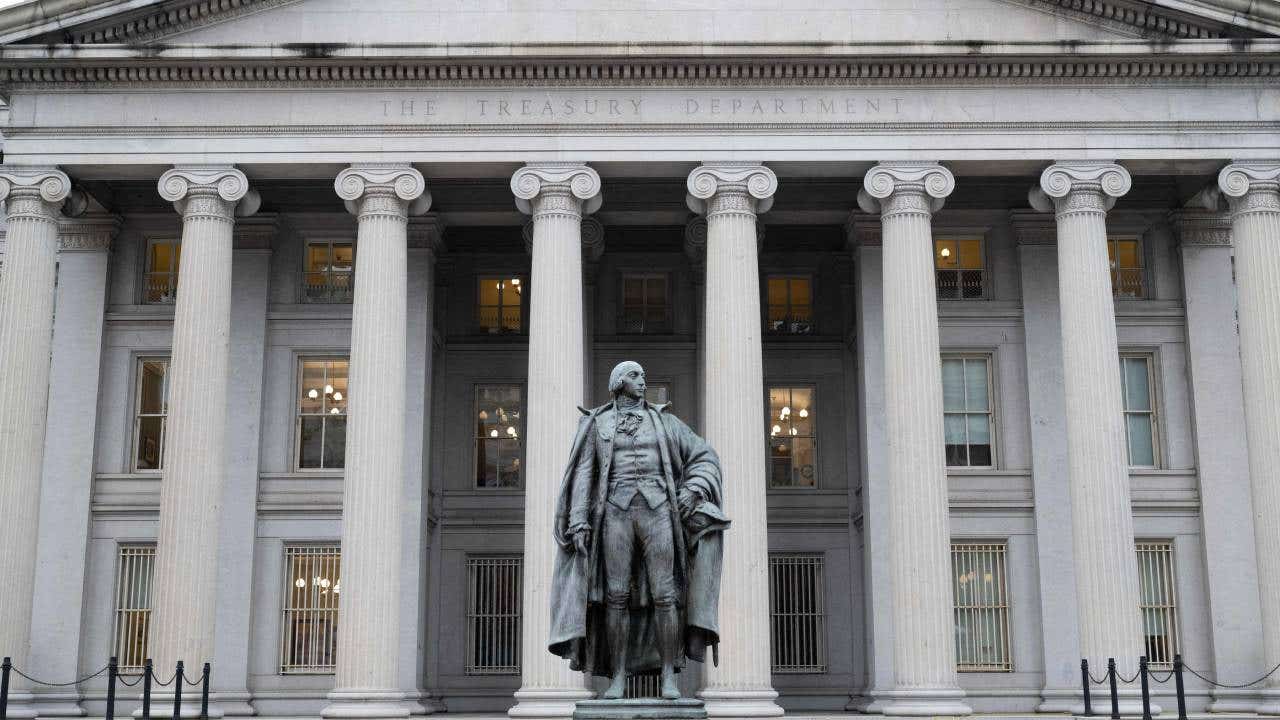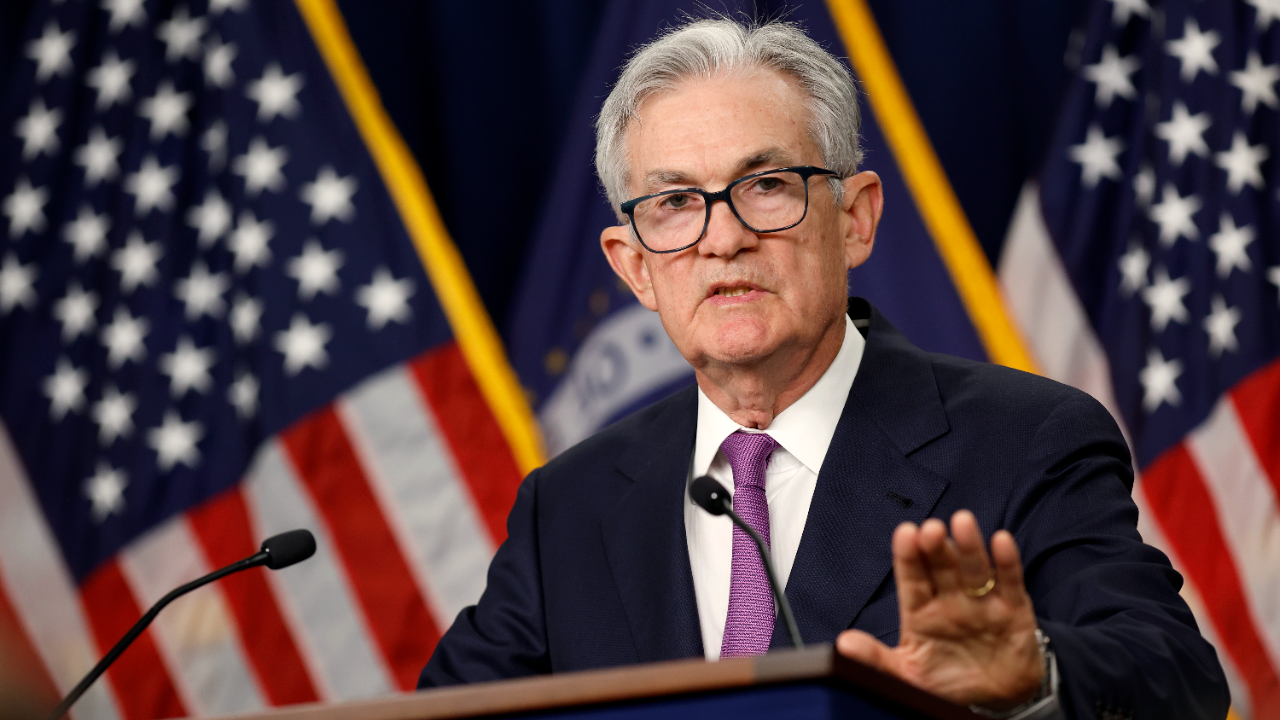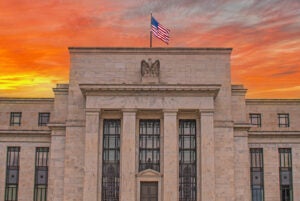Congress agrees on debt ceiling increase, narrowly avoiding massive interest rate increase

At the eleventh hour, just three days before the U.S. would undergo a national debt default, the House of Representatives and the Senate agreed on a debt ceiling increase.
The bill — The Fiscal Responsibility Act — is expected to be signed into law this afternoon by President Biden and includes a ceiling increase as well as a government spending cap for the next two years.
Through this bi-partisian agreement the risk of default is eliminated as well as the possibility of a monumental increase in borrowing costs and interest rates. Here’s everything you need to know about the increase and what it means for consumer lending.
Bipartisan agreement “big win” for our economy, Biden writes
On Wednesday night, The House of Representatives passed the Fiscal Responsibility Act to raise the debt ceiling and avoid a national debt default. On late Thursday night, the Senate followed suit and passed the House-approved bill.
The compromise debt ceiling increase bill passed the Senate by a 63-36 margain. Although it wasn’t agreed upon across the aisle, the bill was discussed and approved quickly. Due to the government lacking the resources needed to ward off defaulting, Janet Yellen, Secretary of the U.S.Treasury Department, had set a June 5 deadline for Congress.
Biden expected to sign bill into law immediately
“No one gets everything they want in a negotiation,” President Biden wrote on Twitter after the final vote on Thursday night. “But make no mistake: This bipartisan agreement is a big win for our economy and the American people.”
“Our work is far from finished, but I look forward to signing this bill into law as soon as possible and addressing the American people directly tomorrow,” his post concluded.
How a debt default would have impacted consumers
Considering that the U.S. has never defaulted on its debts, the impact would have been an unprecedented event. However, experts predicted that there’s good chance it would kick-start a recession due to the economy’s already vulnerable state.
The Federal Reserve has already hiked interest rates at historic levels in an attempt to cool off a red-hot economy, and even though inflation is at an all-time high and talks of a recession have become popular among economists, the unemployment rate is at a historically low level.
Due to this unusual macroeconomic environment, the consequences of debt default would have had the potential to send the U.S. into a full-blown recession, asserts Thirdway in a 2022 debt limit default report. Along with increasing the costs of goods and services for Americans, the report also predicts that it would be more difficult to borrow, with nearly every consumer lending product impacted.
Why the Fiscal Responsibility Act matters for the health of consumer lending
In early March 2023, Federal Reserve Chair Jerome Powell called on Congress to raise the national debt ceiling, claiming that a potential default could be “extraordinarily adverse and do long standing harm.”
While it may seem like the U.S. government defaulting on its debt wouldn’t have any direct effect on the average consumer, that couldn’t be further from the truth. If Congress hadn’t agreed on the bill when they did, the consumer lending market would likely have endured a massive shake-up, including yet another round of rate hikes for products like personal loans.
Consumer loans would have been harder to get, more expensive
The cost of consumer borrowing has seen subsequent increases in past months, with the average personal loan interest rate hitting 11.04 percent. The market has already become more competitive, with increased lender eligibility criteria, especially to subprime borrowers.
Thirdway predicted that lending would tighten even more if the U.S. did default on its debt, specifically for those looking for small business loans or individual consumer loans. Products like personal loans, auto loans and student loans were also predicted to tighten in eligibility due to a liquidity shortage.
A liquidity shortage, in essence, is when there is a shortage of lending money available to people and businesses. In this case, it would be a result of less credit availability as banks reserve as much money as possible. “Once the dominoes of default — rising Treasury bond rates, declining stock markets, rising mortgage rates — begin to fall, lending to small businesses and consumers will constrict,” read the report.
Interest rate hikes would have been likely
If the U.S. did default on its debt and lenders started tightening their belts, it’s highly likely that the remaining credit would be more costly. It’s probable that banks would continue to raise rates on their consumer lending products due to the decreased credit. Plus any variable-rate products tied to the federal funds rates — car, student and personal loans — would also rise in response to the market volatility.
Thirdway claims that this would make purchases more expensive, which would lead to a general downward trend in consumer spending. This, combined with the job loss due to the default, could have aided in the potential for an economic recession.
What is a national debt default?
Defaulting on a loan means that the balance hasn’t been paid within the required time frame (for individual consumer loans it is 270 days). According to the U.S. Treasury Department, the national debt has increased every year for the past 10 years and the U.S. has spent $2.46 trillion thus far in the 2023 fiscal year.
Since the government’s yearly spending exceeds tax revenue, Congress passes debt ceiling increases every one to two years, which allows the Treasury Department to increase its borrowing amount.
Similar to defaulting on a consumer loan, the U.S. could default on its unpaid debts – all $31.4 trillion of it – and face negative economic and financial effects if the ceiling isn’t raised.
However, instead of it belonging to one person, this debt is considered the country’s debt. Therefore, the impact would be on a wider scale and it’s likely that most, if not all, of consumers in the U.S. would feel the ramifications of a national default.
Why the government was at risk of defaulting
This past January, the U.S reached its borrowing limit of $31.4 trillion. Since then Janet Yellen, Secretary of the U.S Treasury, wrote that the Treasury has been implementing “extraordinary measures” to keep the country from entering into default.
In her January 19 letter to all Congressional leaders, she urged that Congress implement a debt limit and asked leadership to “act promptly to protect the full faith and credit of the United States.” Yellen also wrote that these ‘extraordinary measures’ being employed to keep the country afloat are subject to “considerable uncertainty.”
Why it took Congress so long to come to an agreement
Despite Yellen’s call-to-action in January and Powell’s expressed concern, Congress only just now reached bipartisan agreement on the debt ceiling.
In March, Powell urged Congress to find a conclusion and raise the debt ceiling as the concerns over defaulting mounted. “At the end of the day, there is only one solution to this problem and that is Congress,” he said. “Congress really needs to raise the debt ceiling. That’s the only way out.”
Raising the debt ceiling has been a divided conversation between the Republican-controlled House of Representatives and the Democrat-majority Senate, leading to an ongoing political dispute. Some Republican leaders resisted the idea of increasing the budget until Democrats agreed to budget cuts and fiscal restraints.
A similar situation occurred in 2011, when President Barack Obama was in office. The Republicans had regained control of the House and were arguing for cuts in spending in order to increase the debt ceiling, while some Democratic lawmakers were calling on the President to forgive the debt via an executive order.
How borrowers can protect their finances
As of now, the U.S. is no longer at risk of defaulting on its debt. However, during this time of general economic uncertainty and shifting market volatility, it’s still wise to pay particular attention to your emergency savings and current borrowing costs.
Although there may not be a need to dip into it, having a savings fund built up is a great way to ensure economic stability should something, like a recession, happen. Take some time to build up your credit score before applying for a loan to increase your chances of getting a more competitive rate. Unless absolutely necessary, it may not be the best time to take out a loan in the near future due to the inflated interest rates. If possible, take some time to build up your credit score before applying for a loan to increase your chances of getting a more competitive rate.






